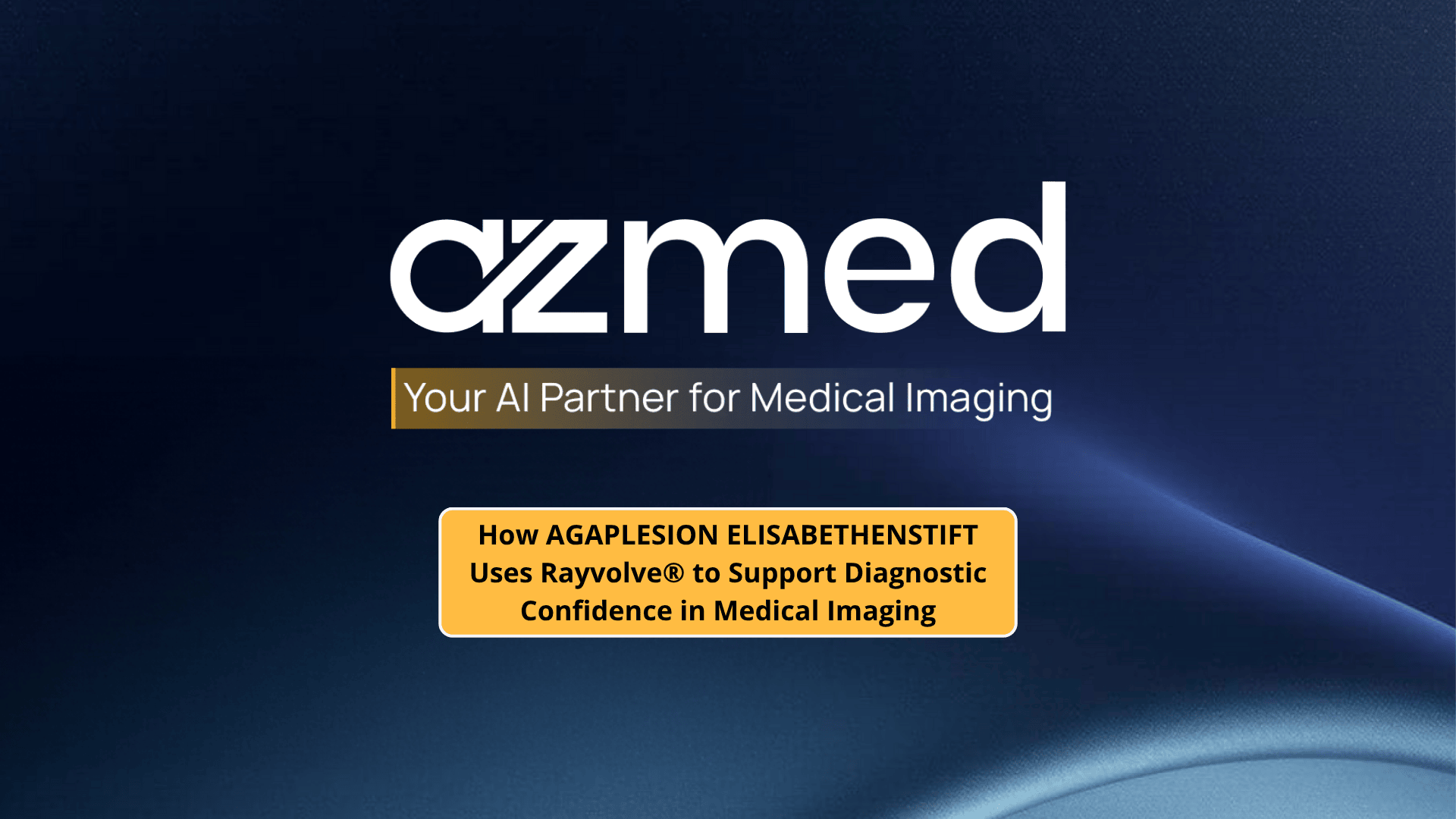England’s new 10‑Year Health Plan landed in July 2025 as a direct answer to long waiting lists, workforce shortages, and uneven care quality. The 168‑page document is frank about the crisis, and equally frank about the role that technology must play in fixing it. Three strategic shifts run through the plan: hospital to community, analogue to digital, and sickness to prevention [1]. For diagnostic imaging these shifts translate into more scans carried out closer to home, reports returned faster through cloud platforms, and AI‑supported triage that detects disease at an earlier, more treatable stage.
Radiology is singled out, but not placed on a pedestal
The plan does not devote a whole chapter to radiology, yet it identifies diagnostic imaging as an early proving ground for validated artificial‑intelligence tools. Chapter 8 lists “diagnostic aids in radiology, dermatology and pathology” among the first wave of new clinical tools expected to support a move away from hospital‑centric care [1].
A few pages later the authors set out their “Big Bet 2” on AI and offer a clear vision:
“AI algorithms will analyse scans with rapid speed and precision, detect subtle signs of disease years before symptoms appear, and help clinicians choose the most effective, personalised treatments.” [1]
That quotation does not claim radiology is the sole centre of digital transformation; it frames imaging‑led diagnosis as one of several high‑impact use cases that will make AI indispensable across the NHS by 2035.
Workforce pressure: 9% vacancies today, 39% forecast by 2029
The Royal College of Radiologists’ 2024 census counted 470 whole‑time‑equivalent consultant vacancies, a 9% national vacancy rate. Smaller departments face a 20%, and the overall shortfall is forecast to climb to 39% by 2029 unless training numbers rise sharply [2]. Staff scarcity feeds a costly cycle. In 2024 the NHS spent £216 million outsourcing X‑ray and scan reporting to private companies, almost five times the 2016 figure [3].
AI as a relief valve for diagnostic bottlenecks
To address both cost and capacity, the plan promises an NHS AI strategic roadmap and nationwide deployment of validated algorithms from 2027 onward [1]. Imaging is again an early focus. NHS Shared Business Services has already prepared for this procurement through the Artificial Intelligence, Imaging and Radiotherapy Equipment Framework (SBS10034, 2021‑2025), which lets trusts buy cloud‑ready AI products under a single compliance check [5].
Evidence to justify that investment is growing. In February 2025 the NHS announced the world’s largest AI mammography trial: 462,000 of 700,000 screening studies in thirty centres will be double‑read by five different AI systems, testing whether machines can safely replace one human reader without harming sensitivity [4]. Earlier European data suggest a 15 to 20% gain in cancer detection without extra false positives [4].
Why radiology AI matters beyond the X‑ray room
Faster, more accurate radiology AI has a multiplier effect across healthcare. When chest CT is read quickly, stroke patients reach thrombectomy sooner; when pelvic fractures are flagged instantly, trauma surgeons can stabilise patients earlier. Delays in medical imaging ripple outward, slowing oncology multidisciplinary meetings, extending inpatient stays, and inflating social‑care costs. Meeting the plan’s 18‑week constitutional standard therefore relies on unclogging the imaging pipeline.
AZmed delivers the evidence that the 10‑Year Health Plan demands
The plan’s authors insist that AI must be “validated” and “monitored and refined” before nationwide rollout [1]. That requirement aligns with AZmed’s own strategy:
- NICE Early Value Assessment (January 2025). AZmed’s AZtrauma fracture‑detection algorithm boosted reader sensitivity from 86.5% to 95.5% across studies. (Download the NICE one-pager)
- Real‑world pilots. AZmed supports UK emergency departments that wish to gather local outcome data, evidence that will be crucial when the NHS assesses AI tools for scale.
- Framework‑ready deployment. AZmed solutions sit inside existing PACS and RIS environments and are already listed under the NHS SBS AI Imaging framework, making procurement friction free.
Voices from the front line
Clinicians welcome anything that trims administrative drag. One public contributor to the plan summed it up:
“The reality is that in the NHS, investing in better and faster software, with the inclusion of AI assistants to doctors doing their admin work, with support of specialist admin staff, would easily reduce the workload.” [1]
Conclusion
The 10‑Year Health Plan sets a clear trajectory: routine medical imaging will be both digital and AI‑augmented well before 2035. Radiology is not the only discipline on that journey, yet its data‑rich workflows make it the logical starting point. Tackling today’s 9% vacancy rate and the £216 million outsourcing bill demands technologies that stretch every radiologist’s productivity while keeping patients safe.
With validated tools, regulatory momentum, and procurement routes already in place, the coming decade will see radiology AI move from isolated pilots to the backbone of England’s diagnostic infrastructure. AZmed is ready to partner with trusts, integrated care boards, and imaging networks to turn that ambition into measurable gains, including fewer missed fractures, faster cancer diagnoses, and a more resilient NHS.
References
- https://assets.publishing.service.gov.uk/media/6866387fe6557c544c74db7a/fit-for-the-future-10-year-health-plan-for-england.pdf
- https://www.rcr.ac.uk/media/4imb5jge/_rcr-2024-clinical-radiology-workforce-census-report.pdf
- https://www.theguardian.com/society/2025/may/15/nhs-gave-private-firms-record-216m-examine-x-rays-2024
- https://www.theguardian.com/society/2025/feb/04/nhs-to-launch-worlds-biggest-trial-of-ai-breast-cancer-diagnosis
- https://www.sbs.nhs.uk/services/framework-agreements/artificial-intelligence-ai-imaging-and-radiotherapy-equipment-associated-products-and-diagnostic-imaging/
- https://www.azmed.co/news-post/fracture-detection-ai-solution-aztrauma-recognized-by-nice-for-nhs



